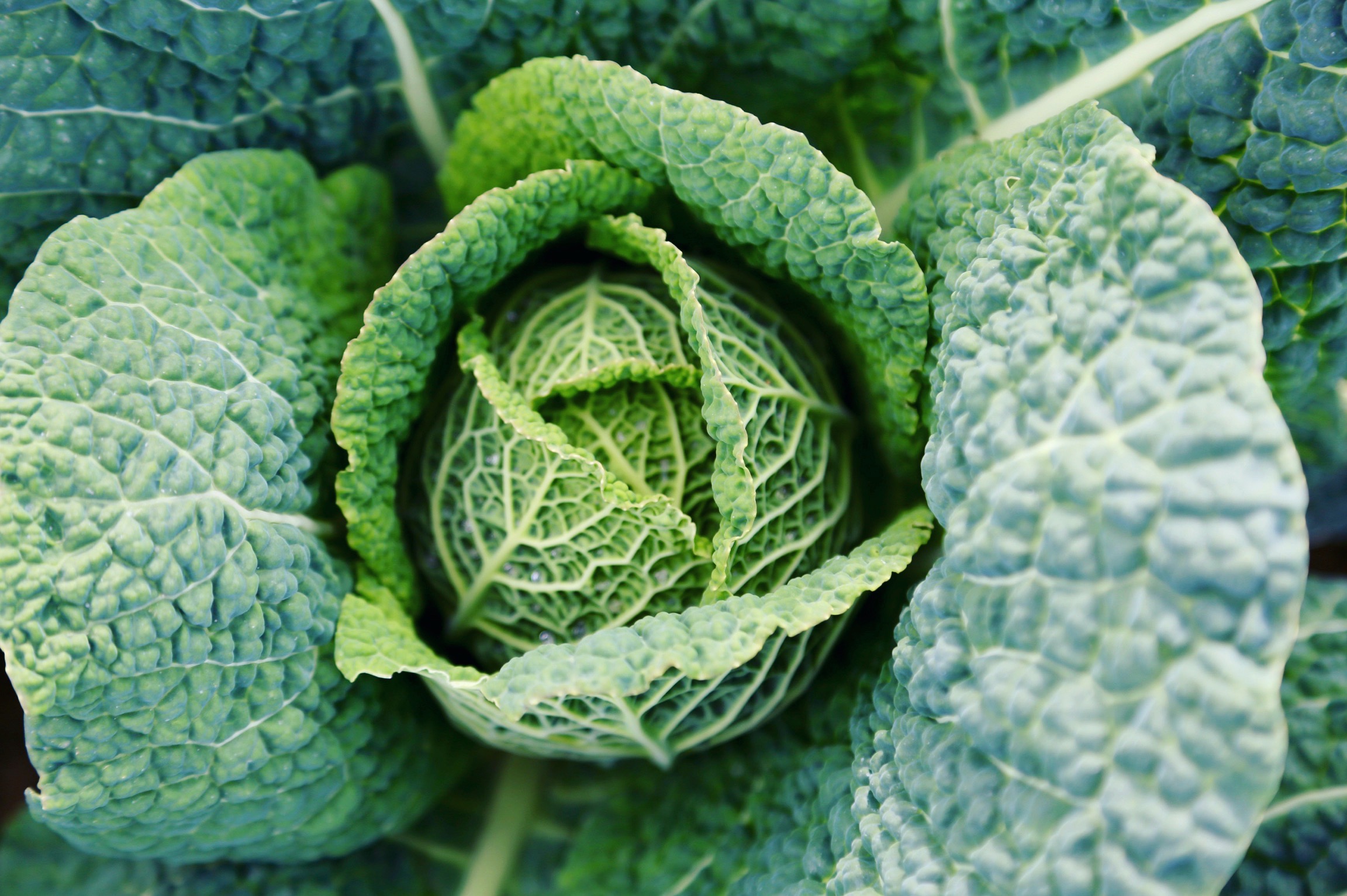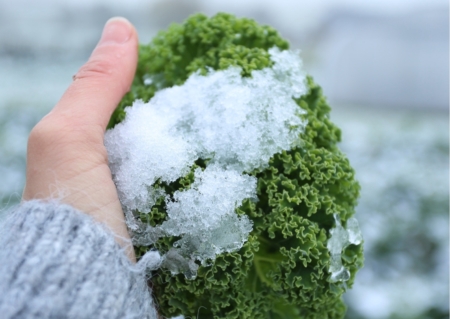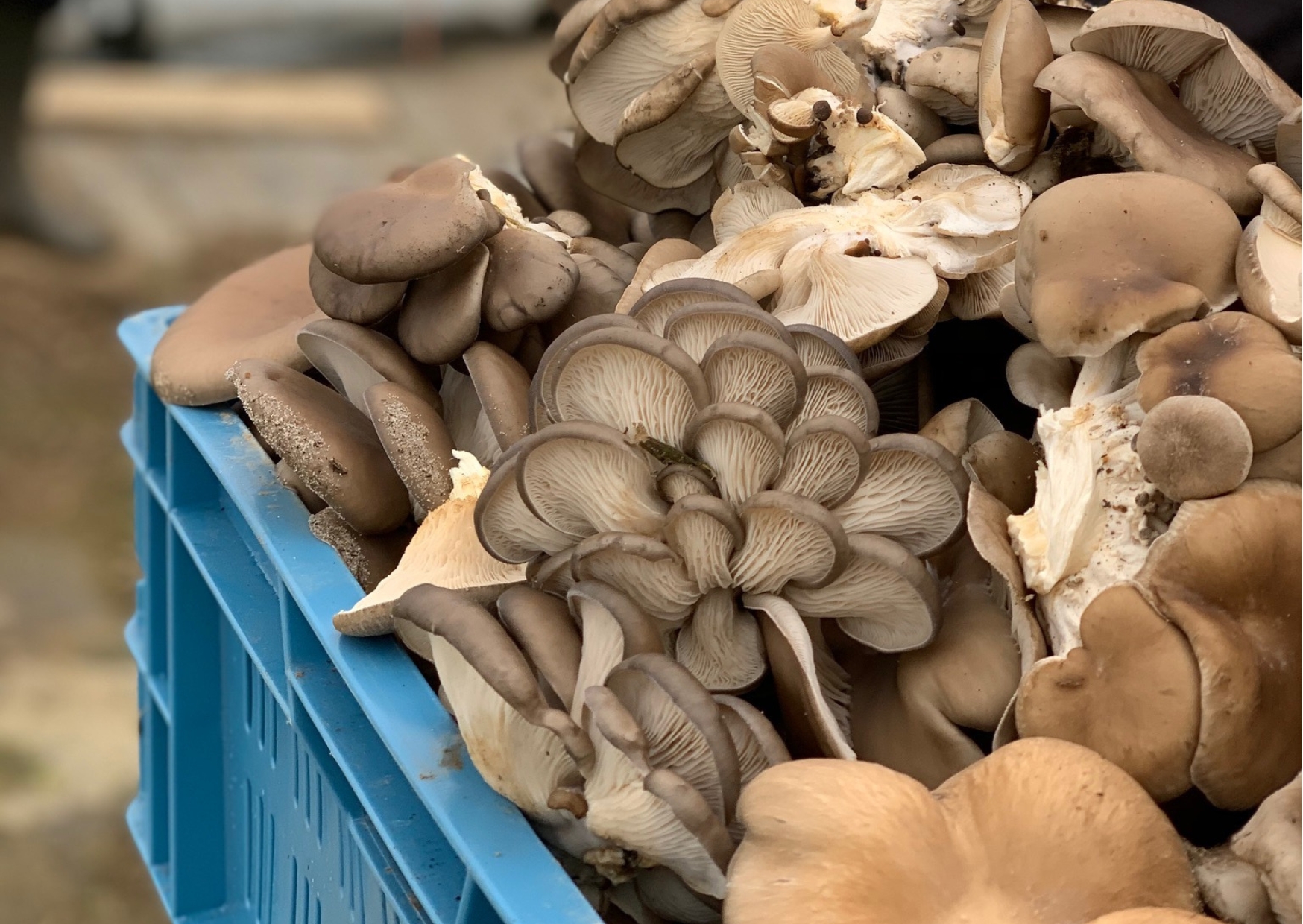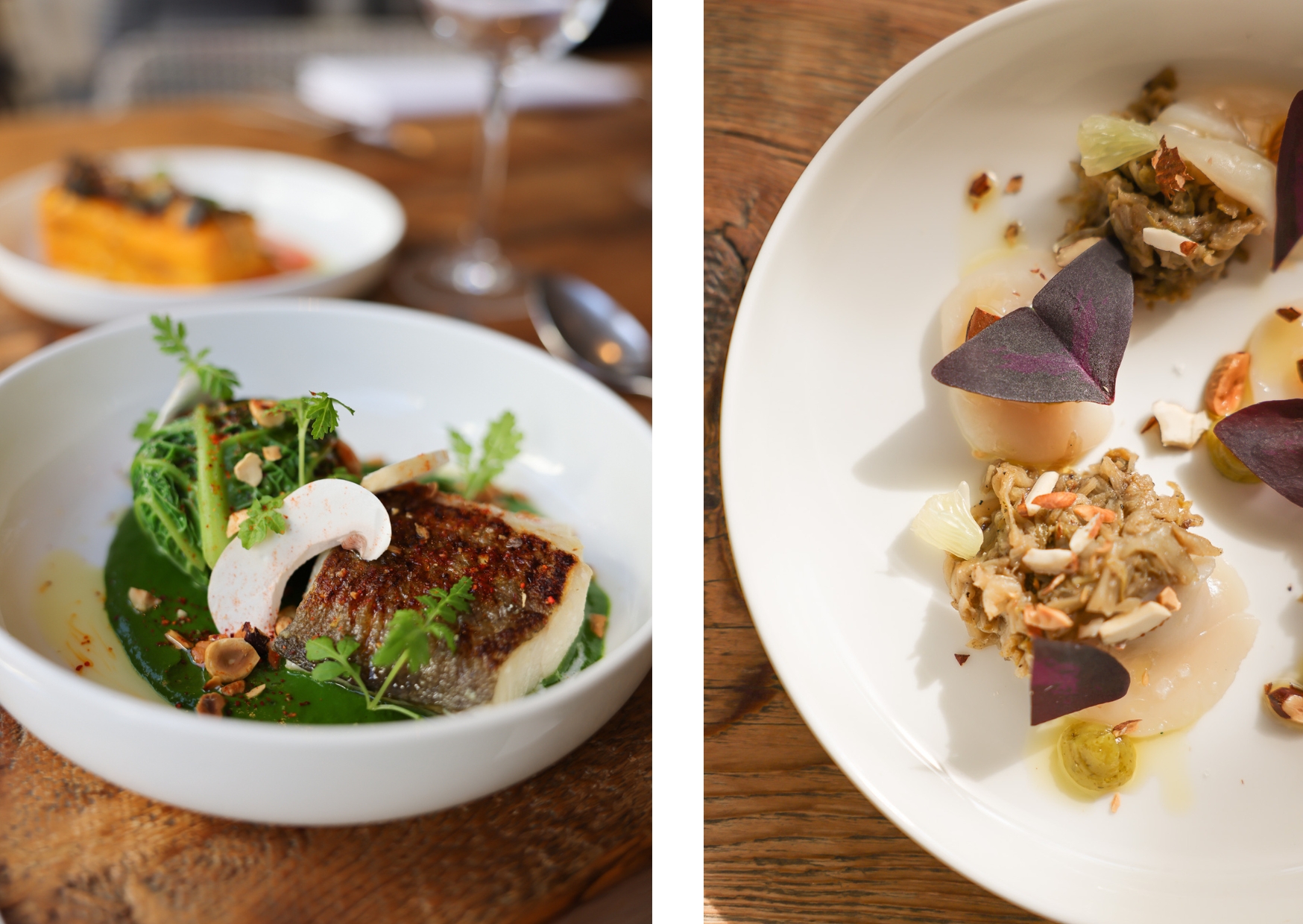01 Feb 2024 . 6 min read
TERO FARM STORY : The Seasonal Winter Products

What are the seasonal products in winter? During this period, it’s relatively quiet on the farm even though there’s no shortage of work. When some fruits and vegetables have decided to enjoy a bit more of their open fire during this cold period, eating seasonally becomes a real challenge. However, it’s a priority at tero. We have frequently emphasized the importance of prioritizing a diet based on seasonal and local products.
But why is it essential? In reality, each season corresponds to a need of our organism. In winter, marked by cold weather and a lack of exposure to sunlight, the body shows an increased need for nutrients and vitamin C. Fortunately, it’s the season for foods rich in minerals, and tero doesn’t lack creativity in growing them. Don’t leave just yet; we’re about to reveal our little secrets.
Winter cropsThe Seasonal Products

At tero, we have two star foods in winter: chicory and mushrooms. But how do we cultivate them? It’s quite simple: the cold room we use in summer to keep vegetables fresh transforms into a mushroom farm. As for chicory, it’s cultivated in a room in the barn. These two crops share a common need: darkness.
Growing like mushrooms: The Seasonal Products
We find two categories of mushrooms in our crops: shiitake and oyster mushrooms. To cultivate them, we receive bales (composed of straw and cereal) that we store on shelves, and with a wave of the wand (and a few weeks, of course): mushrooms emerge. Mushrooms, especially shiitake, require a lot of constant humidity (90% to be precise). Therefore, we need to lightly spray them with water every day, check the mycelium, and harvest what is ready. Yes, being a farmer is hard work!
To learn more about mycelium
Indeed, mycelium is a fundamental element in the mushroom life cycle. It’s a real underground network that can extend for kilometers. Some mushroom networks are among the largest living organisms known on Earth. Perhaps we’ll experience a tragic end like in “The Last of Us?”
Chicory or endive ? The Seasonal Products
In winter, in addition to being as white as a chicory, if there is too much light, it becomes bitter, the core rises, and it produces a flower. That’s why complete darkness is essential!
How do we proceed? We receive the roots, which are planted in April-May and harvested in October before they are sent to us*. We receive one batch per month. Then, we prepare the roots by sorting the different leaves. We fill the crates with well-soaked soil, which we place in a dark room, simply!
*At the moment, we don’t produce our own roots on the farm because we are not well-equipped yet.
These two crops, which complement those of other seasons, are a significant source of income to ensure the farm’s viability. And, on top of that, everyone loves these delicious products in winter, don’t they? I’ll let you discover the recipes we’ve concocted with these ingredients for our new menu, and furthermore, as a sneak peek!
To learn more, feel free to take a look at the article on our farm in winter ->
A little reminder: It is crucial to support local jobs, especially those of farmers. The concept of a short supply chain, aiming to bring producers and consumers closer, takes into account not only geographical criteria but also the strengthening of social ties and employment support. By opting for direct purchases from producers, we contribute to the local economy, preserve the quality of products, and promote social exchanges. Supporting local jobs thus means reconnecting with those who nourish us.
Thank you for reading until the end, and now you are (almost) ready to step into the shoes of a small farmer!



